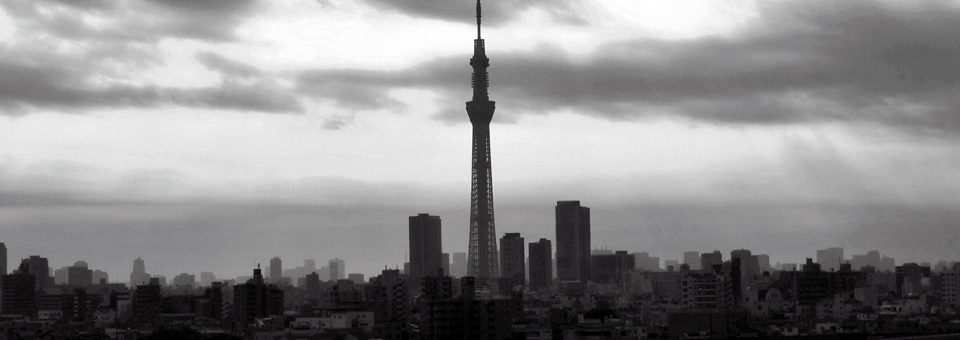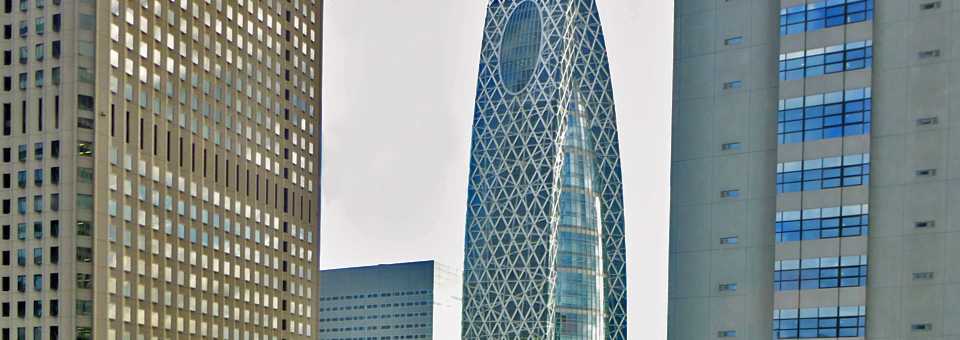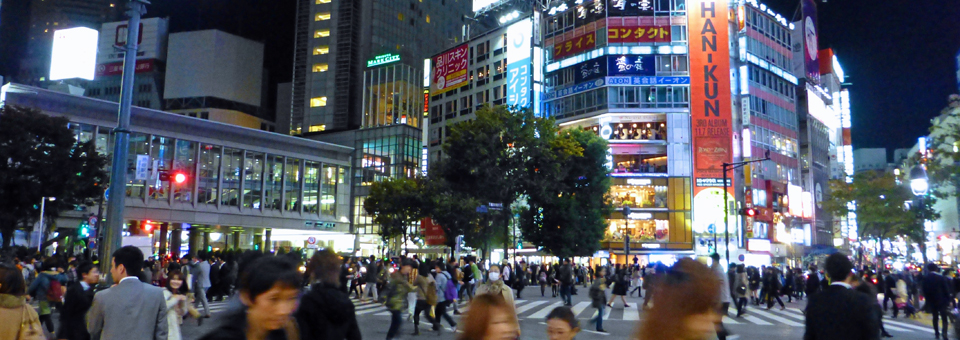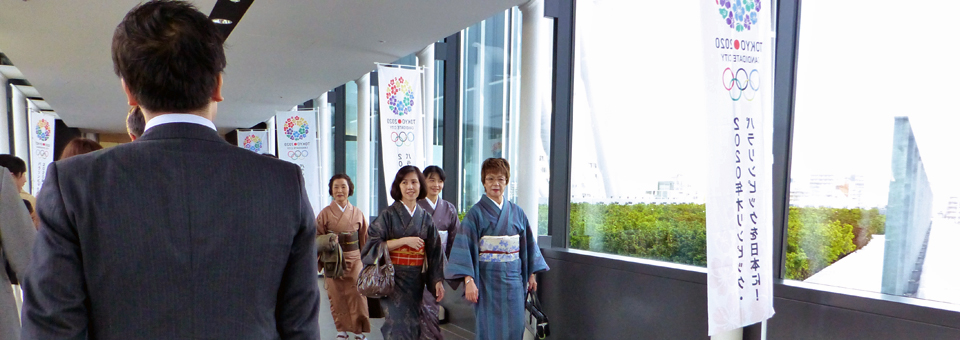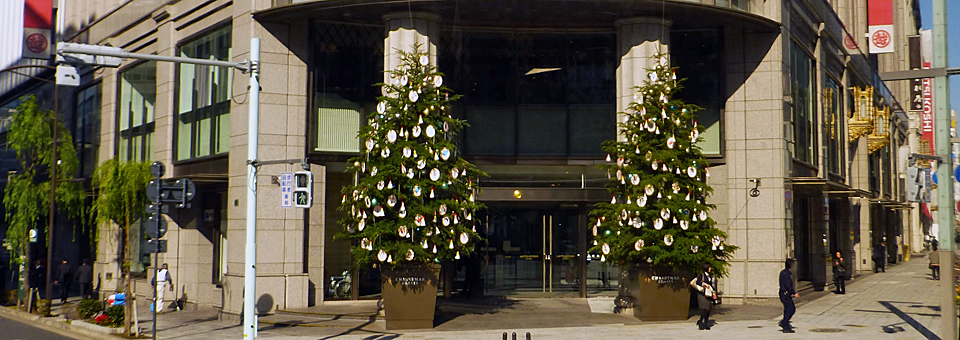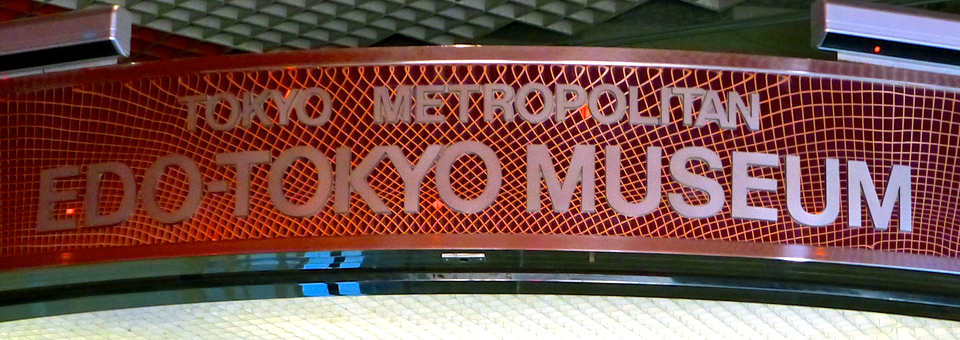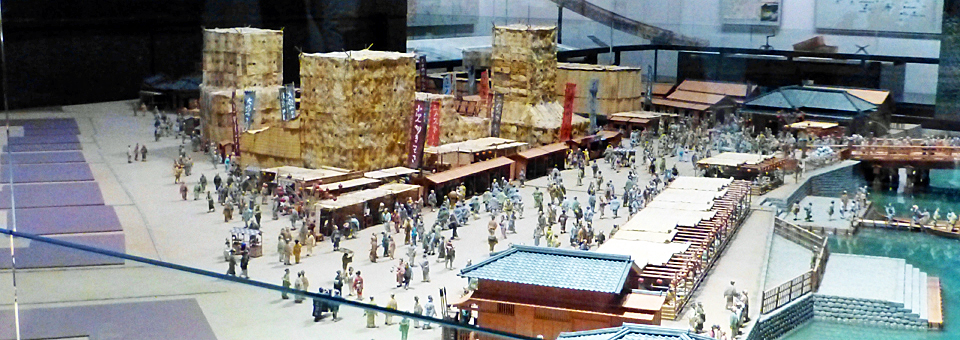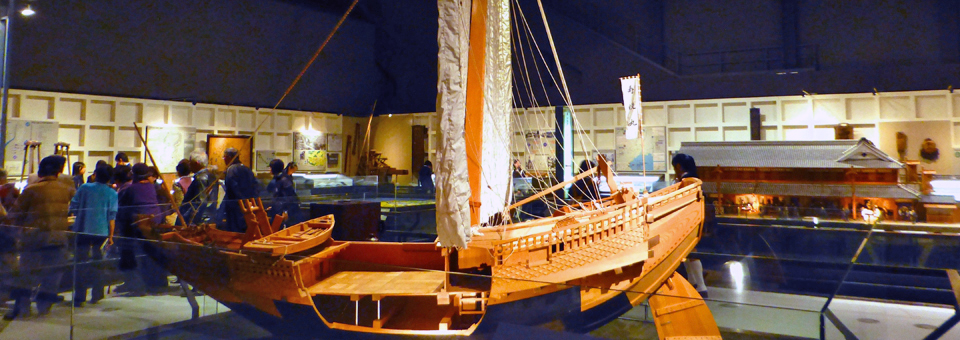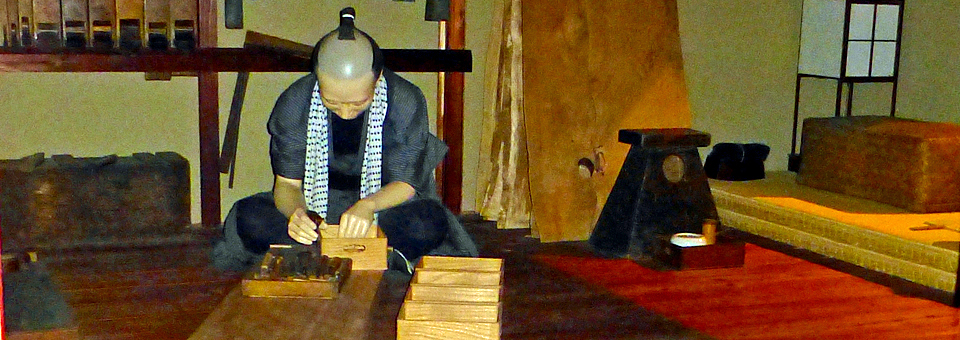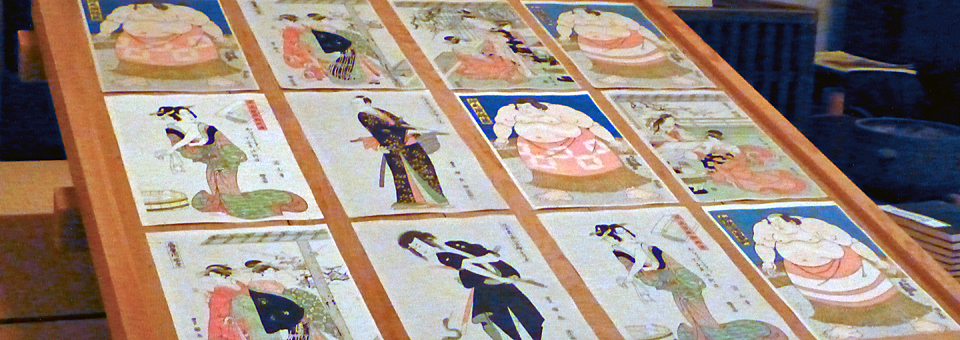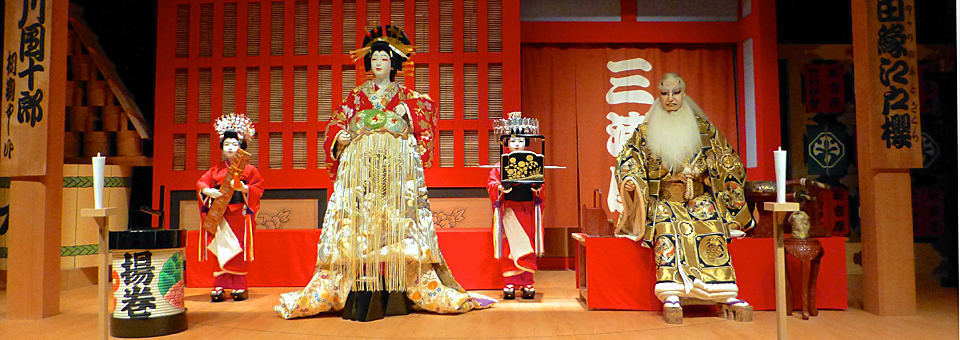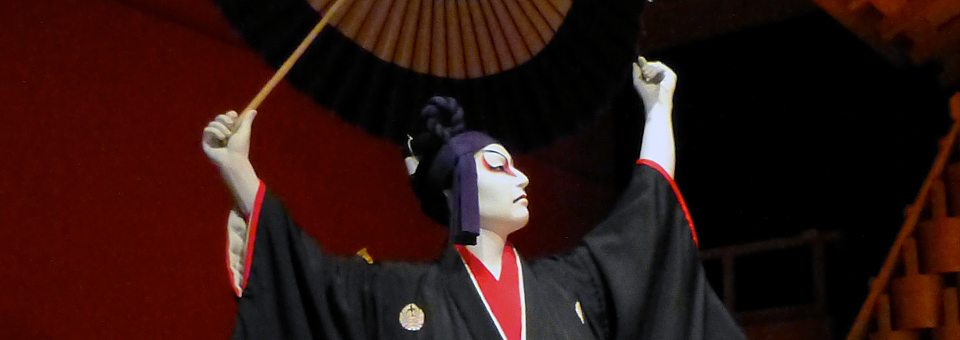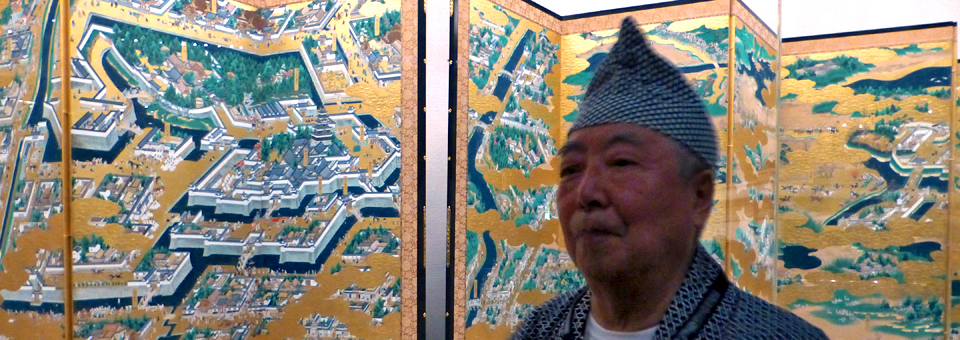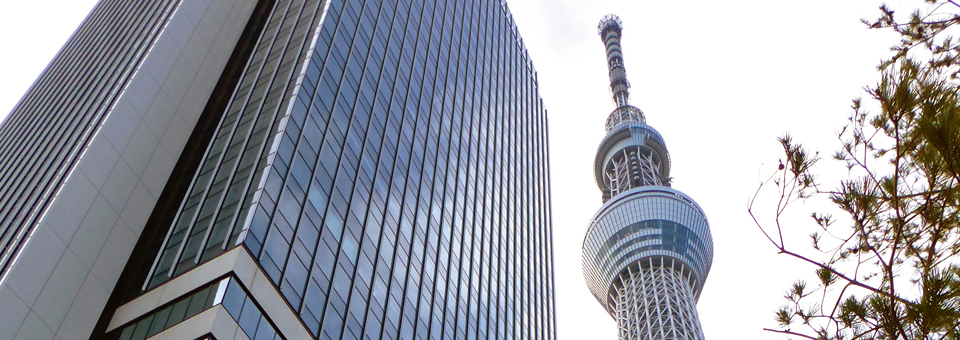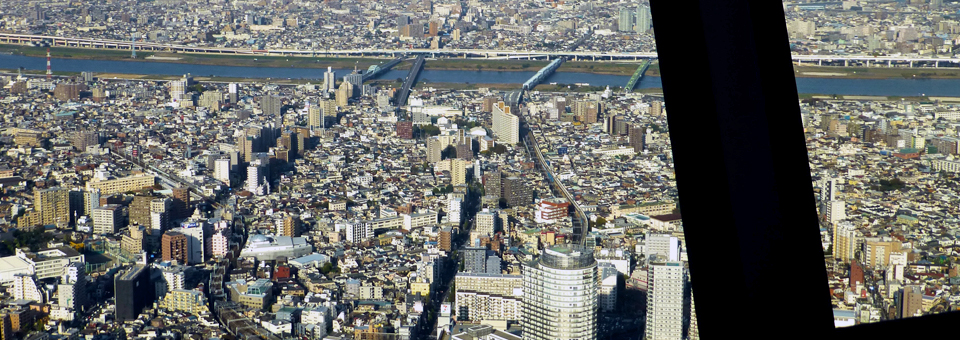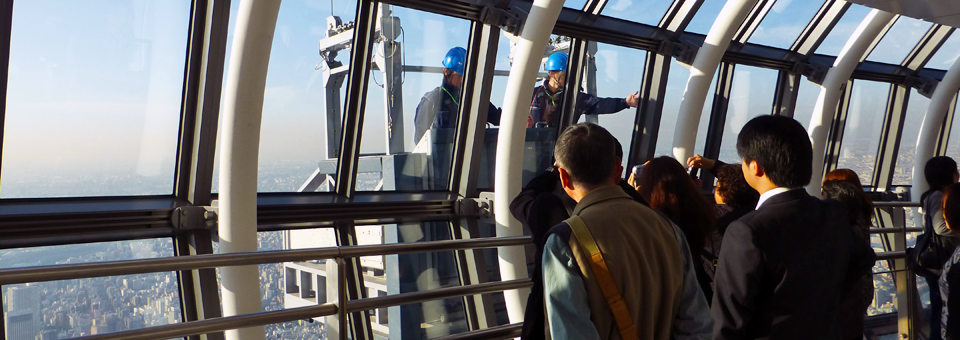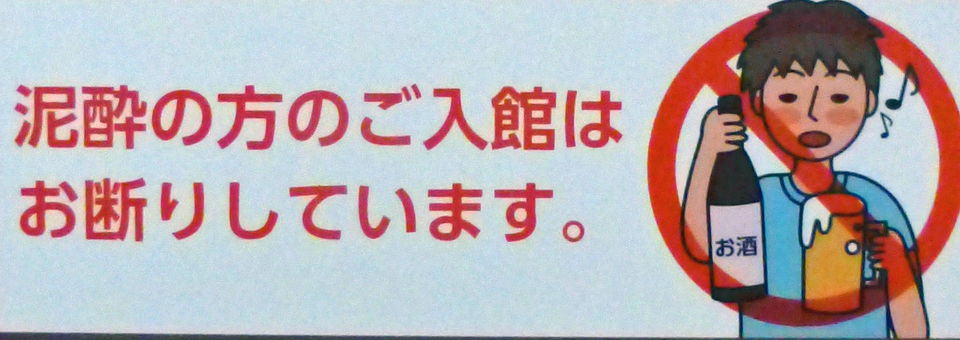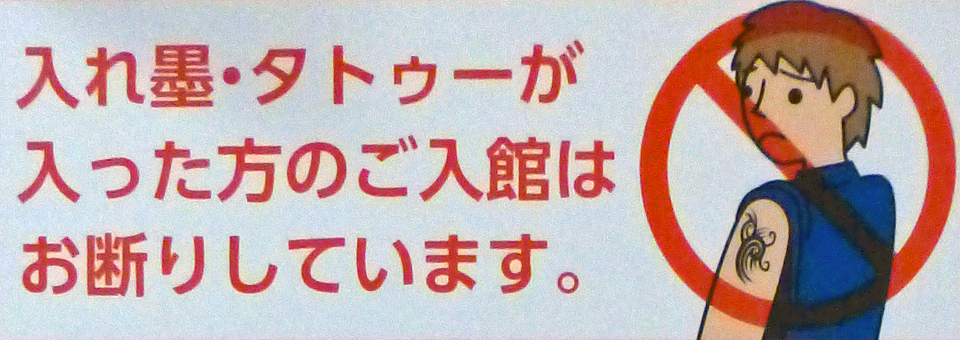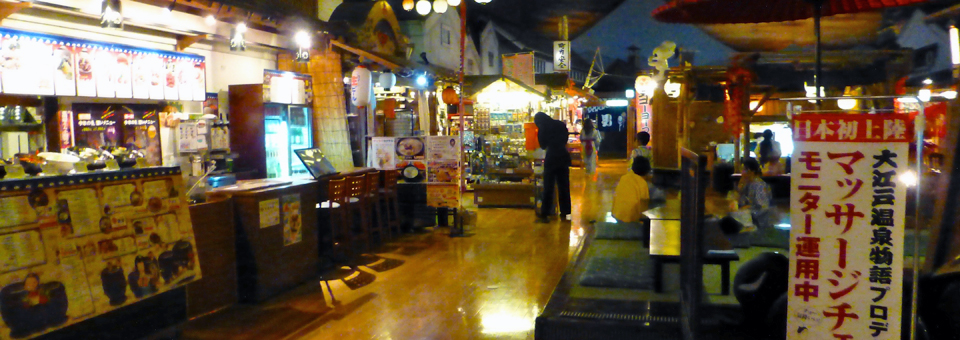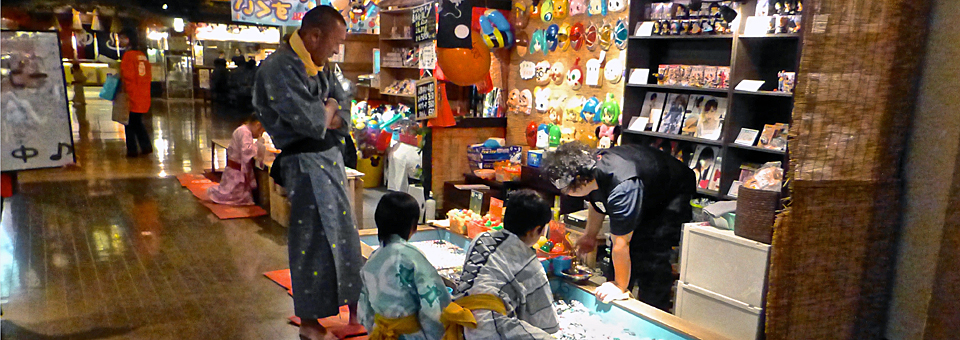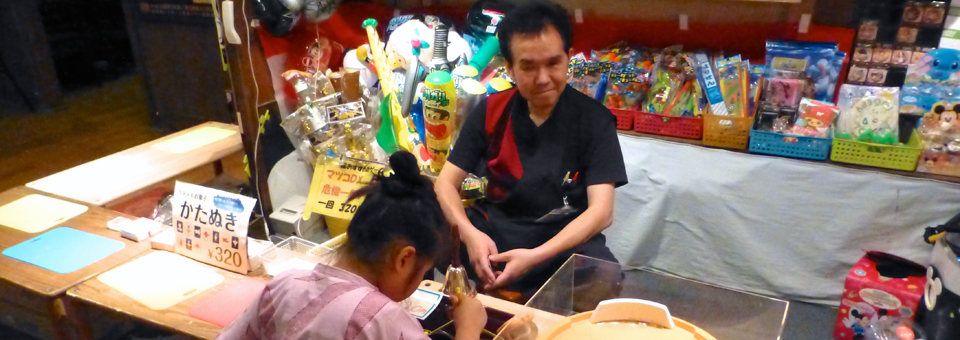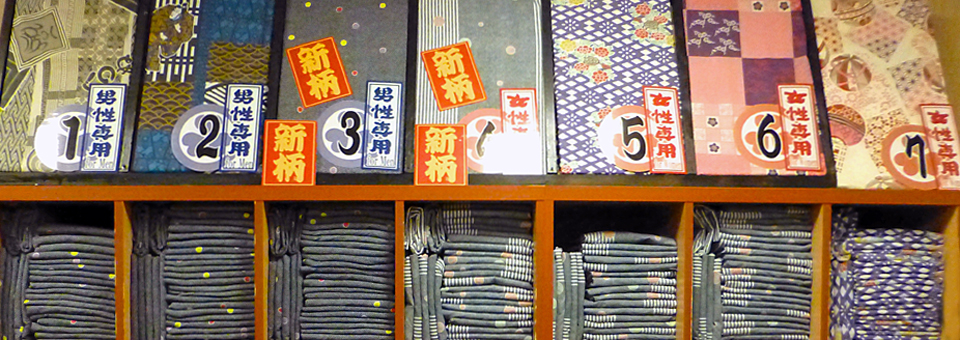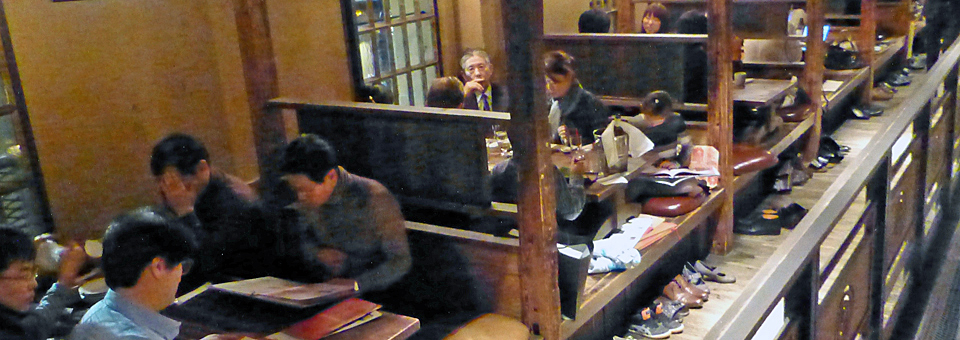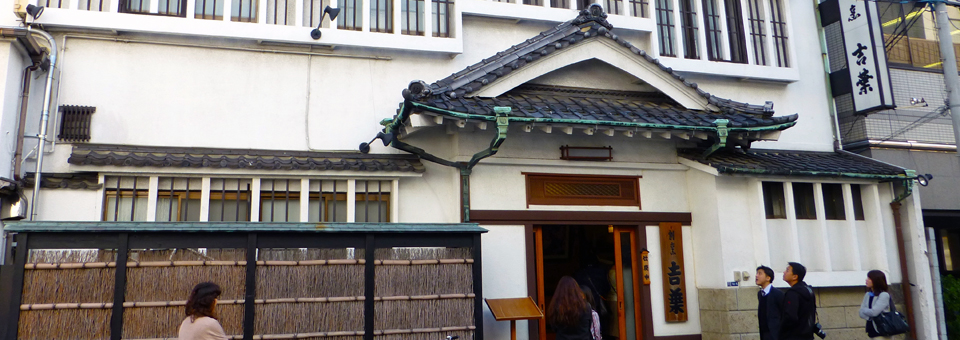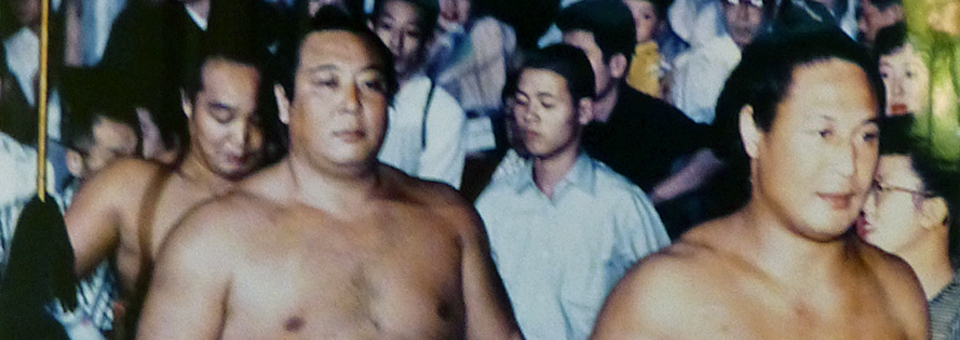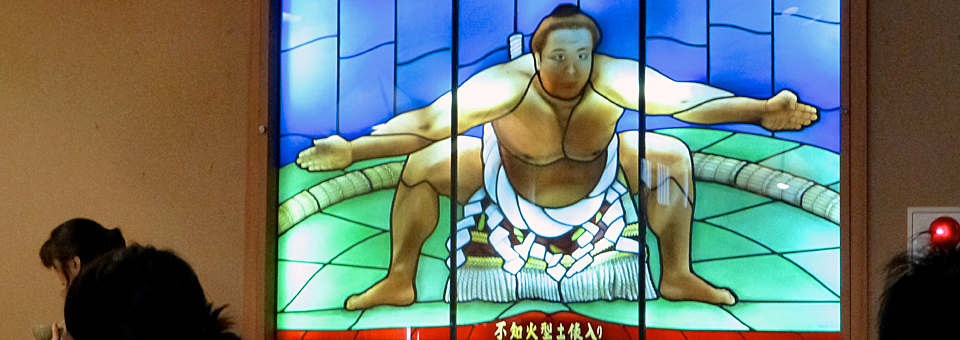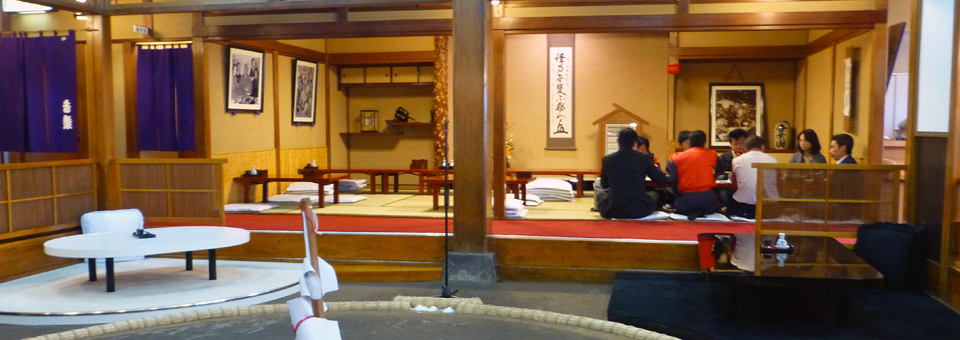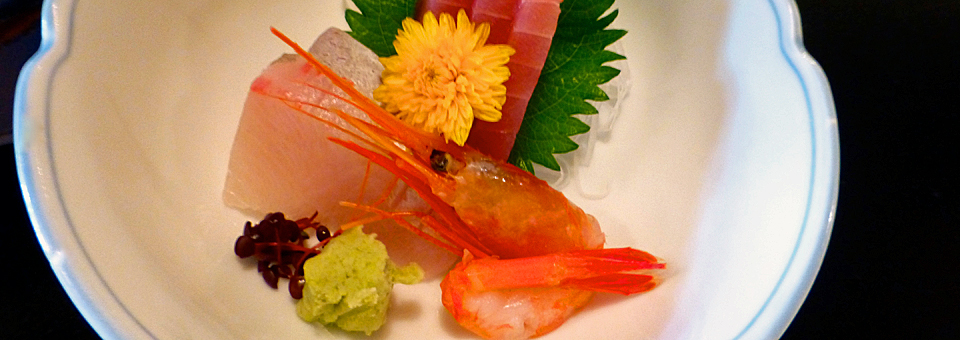Tokyo: tradition meets the future
When all four clerks slowly bowed after I exchanged $100 for yen at the airport, I knew that I’d like this place. People take the time for politeness in this dynamic city and we quickly learned to do the same. The city is a blend of old and new and east and west that makes it a most attractive destination.
The limousine bus (3000 ¥, 2 hours) and JR Narita Express Train (3110 ¥, 85 minutes) run from the airport to Tokyo’s Shinjuku Station complex, the hub of metro, commuter and intercity rail for getting around and outside the city According to the Guinness Book of World Records, Shinjuku Station is the busiest railway station in the world. It is an attraction in itself, with restaurants, department stores, and underground shopping malls, entertainment, shopping and a business district.
We chose a hotel a short walk west of Shinjuku Station, the 1435 room Keio Plaza Hotel in the Shinjuko area. There were kimono robes (yukata) in our room, and a great view of the area’s skyscrapers.
In the morning we enjoyed the hotel’s bountiful breakfast buffet of Japanese and Western specialties. Department stores and electronics shops are nearby, along with alleyways like Omoide Yokocho with small bars and eateries, and nightlife districts like Golden Gai with its over 200 little bars and places to eat. There’s even a free shuttle to Tokyo Disneyland and DisneySea, about an hour away.
About Japan
Japan is less than 4% the size of the United States yet has the third-largest economy in the world after the USA and China. Tokyo, its capital since 1868, is on the island of Honshu in the Japan archipelago, bordered by Chiba and Saitama prefectures and Tokyo Bay.
Tokyo has been rebuilt many times after devastating damage, including the Great Earthquake of 1923 and World War II bombing, yet now thrives as one of the world’s most modern cities. It is second in size only to the New York City metropolitan area and is the world’s largest metropolis by population.
Modern architecture and soaring skyscrapers stand in contrast to neighborhood shrines and traditional architecture. There are glitzy displays and teenagers sporting the colorful and flamboyant Harajuku fashions as well as elegant Zen Buddhist style and traditional meals served by women in kimonos. The fusion of the modern, cutting-edge, and electronic with the traditional, ancient, and serene makes a visit to this region of Japan a mesmerizing experience with something for all tastes and energy levels.
Shinto and Buddhism may be the primary religions, but secular signs of Christmas abound. Holiday trees flank the entrance to the posh Mitsukoshi, the upscale Ginza district department store favored by the royal family. The statue of Colonel Sanders at KFC sports a Santa suit.
What to see
We had just two days in Tokyo. For an overview of history and traditions we stopped at the Edo-Tokyo Museum. On over 7 acres, it is the height of Edo Castle and is designed to look like a raised-floor warehouse.
Tokyo, home to Imperial family, was once the traditional fishing village of Edo. It became the center of hereditary and feudal shogunate power that arose from the samurai. During the Edo period (1603 to 1868 ) the palace, at the site of the present Imperial Palace, was the world’s largest and Edo grew to be the largest city in the world.
The vast collection includes scale models of life during the Edo period.
as well as period folding screens,
dioramas,
boat models,
reconstructed buildings,
block prints,
and a kabuki stage with costumes and props.
A visit is a great way to gain insights into Edo lifestyles that led to present-day Tokyo.
Volunteer guides help you get the most from your visit.
The Tokyo Sky Tree is the latest architectural marvel. At 2020’, or 634 meters, it was named the world’s highest free-standing broadcasting tower by the Guinness Book of World Records. When 634 is read as old Japanese numbers, “mu-sa-shi”, it sounds like the former name of this area, Musashi Province.
It costs 2500 ¥ (about $30) to ascend to the 350 meter (1148’) high observation deck . Add 1000 ¥ (about $12) to enjoy the view from the less-crowded 450 meter (1476’) high deck.
At night the Sky Tree is illuminated in symbolic colors.
Japan is in the Pacific Ring of Fire, a geothermal area of active volcanoes and hot mineral springs. Communal bathing in thermal baths (onsen) is a long-standing tradition said to provide healthful effects.
Visiting a hot spring theme park is a great way to relax. Oedo Onsen Monogatari, in the Daiba area, opened in 2003 as Tokyo’s first. People appearing intoxicated or with a tattoo means are denied admission.
There is a recreation of an Edo-style street with a watch tower, paper lanterns, games, and old-time amusements that include shops, fortune-telling, quoits, ninja knife throwing and blowgun darts. The sixteen restaurants and food-court stalls serve a variety of traditional Japanese cuisine, Edo-style sushi, noodles, and seafood from Tsukiji Fish Market.
Families enjoy games of chance.
Shoes must be removed and stored in lockers by the entrance. Then a kimono and sash are selected to wear while in the facility.
There are indoor and open-air baths and foot baths in Japanese gardens. Doctor Fish that nibble away dead skin cells, and there are full-body and foot massages, sand baths and rock slab baths for an additional fee. Most bathing is without swim suits. There’s even a separate facility for pampered pets.
General admission is 1980 ¥, (around $25 US) 1480 ¥ ($18) evenings, when you can bathe under the stars.
Where to eat
Photographs of the rich and famous line the entry to the trendy Gonpachi in Nishi-Azabu
We drank sake and sampled the izakaya menu –Japanese tapas — in the lively ambiance. It feels like a Hollywood set and is. Quentin Tarantino liked the interior so much he reproduced it for Kill Bill, filmed in China.
The sumo ring (dohyo) remains inside Kappo Yoshiba, in the converted original sumo stable (house) Ryogoku of renowned sumo-wrestler Yokozuna Yoshibayama in Ryogoku.
It’s a best-bet for dining in an authentic setting and features chanko, a protein-rich stew for sumo wrestlers.


